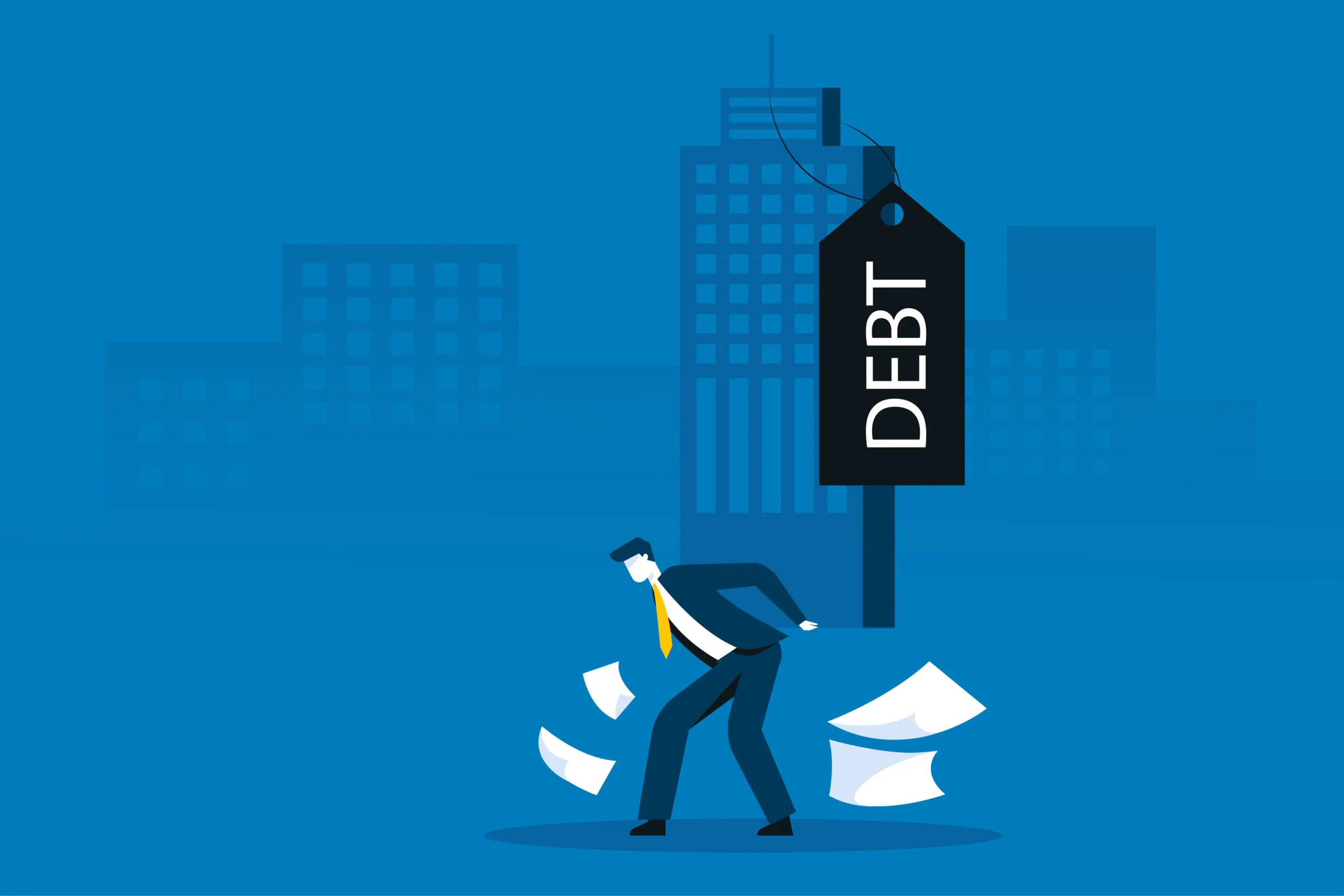A car top-up loan is additional financing given over and above one’s existing car loan. It can be a very useful tool for someone requiring urgent cash but like any type of loan, one needs to be careful with debt.
Accumulating debt is something that borrowers should always avoid. Managing multiple loans is not easy and it can lead to a situation where one is forced to take on loans to repay other debt. This is called a debt trap.
The following sections will explore how people with car top-up loans can avoid debt traps.
How can a car top-up loan lead to a debt trap?
When it comes to falling into a debt trap, car top-up loans are not different from other types of easy-to-avail credit. While it is a useful tool for anyone requiring instant access to funds, taking on additional loans without the ability to repay it can lead to a debt trap.
It’s time to check how a car top-up loan may lead to a borrower falling into a debt trap:
Leads to a bad loan takeover
A car top-up loan may be attractive but it may lead to a bad loan takeover. Borrowers should consider the charges of the loan before availing it.
Increases overall cost
Usually, the interest rate of a car top-up loan is higher than the base loan. People who have opted to transfer their car loan balance to a new lender and have applied for a top-up loan must take into account the processing fee and other charges. This greatly increases the overall cost of the loan.
Banks take the final decision
There is no guarantee that a borrower will receive approval for a car top up loan as the lender has the final say. A rejection may lead to a drop in one’s credit score, which increases interest rates for new loans.
How to avoid falling into a debt trap?
It is essential to know the ways borrowers can avoid a debt trap:
Repaying high-interest loans first
Borrowers should focus on repaying high-interest loans because the longer people remain in a debt trap, the harder it is to get out of it. To recover, borrowers must prioritise repaying all high-interest debt first and continue repaying to become debt-free.
There must be an emergency fund
People must always create an emergency fund amounting to at least 6 months of their salary. Borrowers can dip into this fund for loan repayment during financial distress, instead of extending the tenure.
It is also a good way to avoid penalties and accumulating debt. An emergency fund helps to deal with difficult times created by a sudden loss of employment as well.
People must create a budget
Before a person applies for a car top-up loan, they must create a budget for financial expenses. To do that, the individual must calculate their EMIs beforehand. An online EMI calculator can be used for this purpose. Borrowers need to check whether they can pay EMIs without any effect on other monthly financial liabilities.
Dividing monthly spending into essential and non-essential items and reducing expenses accordingly is an efficient way to manage one’s finances.
Debt consolidation can help
Bringing numerous debts under one umbrella and availing a loan to pay it off is known as debt consolidation. Repaying a single loan is more manageable than repaying multiple loans and it can help a person get out of a debt trap.
Impulse spending should be avoided
Considering that this is an age of instant gratification, people have been applying for loans to buy laptops, smartwatches, smartphones and other such items. It is quite a common way to fall into a debt trap. People must think carefully before buying expensive items through credit.
Indicators of a debt trap
Details of reliable indicators of debt trap are as follows:
Ratio of EMI and salary
The EMI-salary ratio is an indicator of whether a borrower is about to fall into a debt trap. If EMIs exceed 50% of a person’s income, an additional loan can lead to a debt trap.
With easy access to financing, people tend to overspend on consumer durable items using loans and credit cards. One must be careful of one’s spending to avoid debt traps.
Loan asset ratio
Financial experts recommend that a borrower’s loan asset ratio should be below 0.5. If it is more than that, it will be a cause for concern. If a borrower is not taking any step to reduce their loan amount, build their wealth and increase their income, it will be problematic.
Fixed expenses exceed income
Apart from EMIs, there are other financial responsibilities in a month. If the fixed expenses exceed 70% of a person’s income, it is an indicator that the person is on the verge of falling into a debt trap.
To sum up, while a car top-up loan can be an effective solution to a person’s financial distress, it can also lead to a debt trap. People must ensure that their EMI and salary ratio, loan-asset ratio and fixed expenses remain within specified limits. Building an emergency fund and following a budget are some of the steps to improve financial habits.
Also check – A Step-By-Step Guide To Apply For A Top-Up Personal Loan



